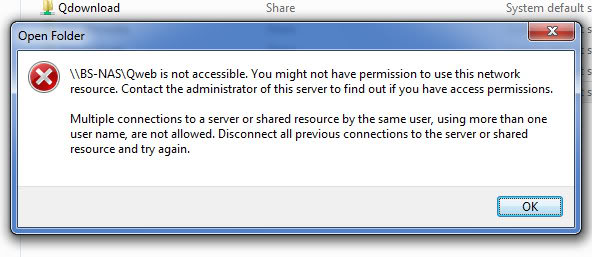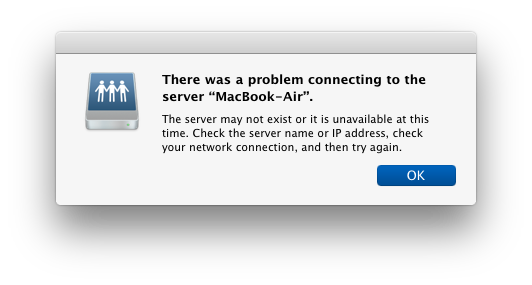
- #Mac os server you do not have permission to access the page you were looking for. how to
- #Mac os server you do not have permission to access the page you were looking for. code
- #Mac os server you do not have permission to access the page you were looking for. trial
To prevent this, some will set up what is called “hotlink protection” with their WordPress host or CDN provider. Hotlinking is when someone adds an image to their site, but the hosted link is still pointed to someone else’s site. Check to See If Hotlink Protection Is Misconfigured You can name it anything different, but we recommend something like plugins-disabled to make it easy to remember.ĭisable Kinsta’s CDN 5.
#Mac os server you do not have permission to access the page you were looking for. how to
If you cannot access your WordPress dashboard, you’ll instead need to connect to your WordPress site’s server via FTP/SFTP (here’s how to connect via SFTP at Kinsta). If you can still access your WordPress dashboard, you can perform this process from the normal Plugins area. Specifically, you’ll need to deactivate all of your plugins and then reactivate them one by one until you find the culprit.
#Mac os server you do not have permission to access the page you were looking for. trial
No matter what the issue is, the easiest way to find the problematic plugin is with a little trial and error. It could be a bug in a plugin or a compatibility issue between different plugins. htaccess file are the problems, the next place to look is your plugins. If neither your site’s file permissions nor. Deactivate and then Reactivate Your Plugins htaccess fileĪnd that’s it – WordPress will now generate a new. Basically, if you see any mention of “forbidden” or “not allowed to access”, you’re probably dealing with a 403 Forbidden error. If you’re on an Nginx server, it will look like this below.

#Mac os server you do not have permission to access the page you were looking for. code
Like many other HTTP status codes, there are a lot of different variations for how this error code presents itself. In this article, we’ll show you how to troubleshoot all of these potential issues. It’s also possible that you’re seeing the error because of an issue with a plugin that you’re using at your site.

The two most likely causes of the 403 Forbidden Error on WordPress are: What Causes the 403 Forbidden Error on WordPress?


We’ve written guides on fixing issues with 404 not found errors, 500 internal server errors, 502 bad gateway errors, and 504 gateway timeout errors. Other HTTP status codes mean different things. It’s kind of like you’re trying to get into a private event, but your name got accidentally removed from the guestlist for some reason. In more human-friendly terms, it basically means that your server knows exactly what you want to do, it just won’t let you do it because you don’t have the proper permissions for some reason. your browser) is making, but the server will not fulfill it. The 403 Forbidden error means that your web server understands the request that the client ( i.e. While these numbers are frustrating to encounter, they’re actually quite important because they help you diagnose exactly what’s going wrong on your site. However, if something goes wrong, the server will respond back with a different numbered HTTP status code. Usually, this all happens behind the scenes because everything is working normally ( that’s a 200 status code, in case you were wondering). Quick background on HTTP status codes – whenever you connect to a website with your browser, the web server responds with something called an HTTP header.


 0 kommentar(er)
0 kommentar(er)
